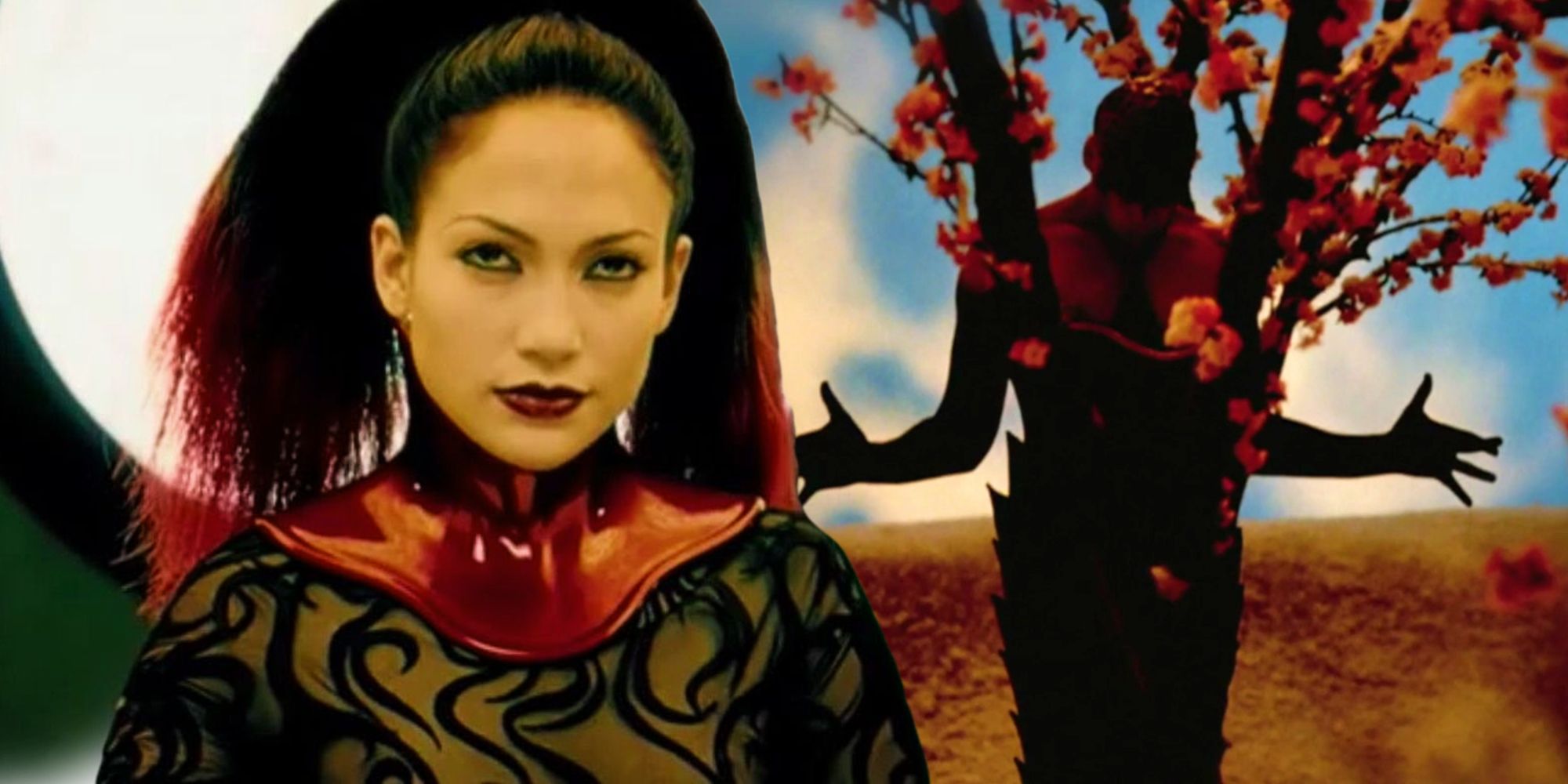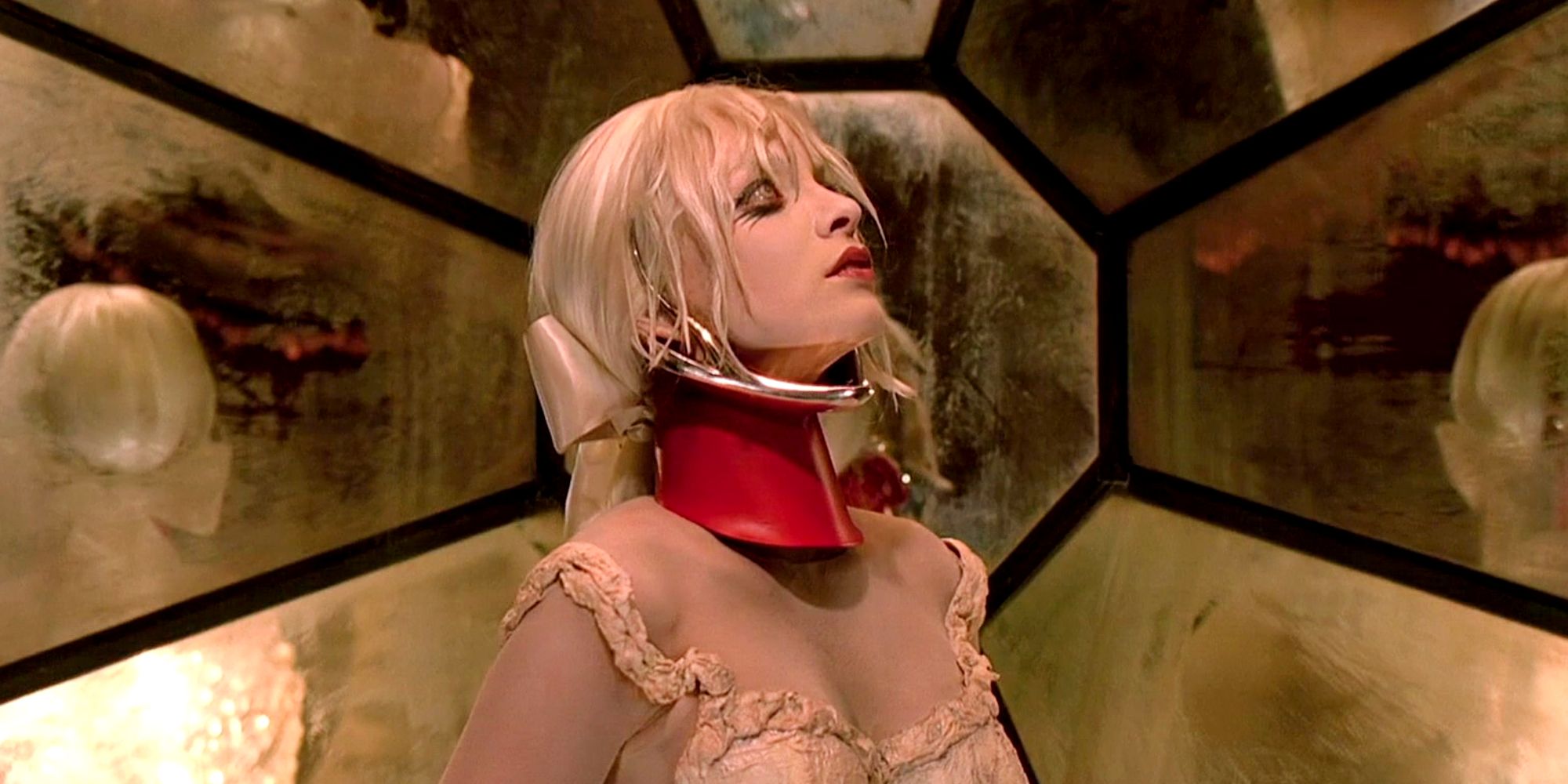Here’s why the 2000 horror movie, The Cell, came out 20 years too early. Starring Jennifer Lopez, Vince Vaughn, and Vincent D’Onofrio, The Cell was the directorial debut of Tarsem Singh, and received mixed to negative reviews upon release.
The Cell ventures into the dark abyss of a twisted psyche while chronicling the tale of child psychologist Catherine Deane (Lopez), who is recruited for a project in which experimental technology including virtual reality is used to enter the subconscious of comatose patients. A parallel narrative unfolds, in which the FBI captures a notorious serial killer named Carl Stargher (D’Onofrio), who ritualistically kills his victims and has now fallen into a coma. Catherine is urged to enter his subconscious, but is warned of the man’s aberrant mindscape. What ensues is a surrealistic fever dream that crosses over to the edge of sanity.
While The Cell was unanimously praised by critics for featuring stunning visuals that were an intriguing mix of beautiful and grotesque, the film was criticized on the basis of a meandering storyline that prioritized style over substance. Certain sequences, especially the ones that revolved around the killer, Stargher, are reminiscent of the frenetic excellence of The Silence of the Lambs, while the treatment of violence is drenched in aesthetic tones, much like Ridley Scott’s Hannibal. In terms of a jarring, visual experience, The Cell seems almost too ahead of its time, imbuing below-the-radar artistic influences into the film’s multifarious narrative, such as the likes of British artist, Damien Hirst, who created horrifying statement pieces by dissecting dead animals and preserving them in formaldehyde. Perhaps due to its extreme nature of visual symbolism, The Cell emerged as a psychological thriller that was too alienating for its time, as it helmed a plotline too strange for either hardcore sci-fi or a crime thriller.
Had The Cell been released today, the film would garner a much better response from audiences and critics alike, as aesthetic, surrealistic horror has become more accepted as a genre over the years. The critical success of Robert Eggers’ The Lighthouse is emblematic of this fact, as the film’s sheer brilliance stems from its dark, visceral atmosphere, and the palpable nature of its stark and terrifying imagery. More modern filmmakers are delving deep into evoking dreamscapes that both stun and disturb the viewer, such as Panos Cosmatos’ neon-drenched, surreal horror Beyond the Black Rainbow, which relies on creating a synesthetic, hyperreal experience while highlighting the themes of control and identity.
A visionary fantasy through and through, The Cell manages to pull off a massive feat through its visual storytelling, which is evoking empathy for a hardened serial killer by means of dramatizing his harrowing upbringing. This is, by no means, an easy feat, and The Cell succeeds in implicating the disastrous effects of nurture on a child’s intrinsic nature, and the cycle of violence that springs forth from the same. The Cell combines the Jungian with the Dali-esque, intercutting the monstrous and the mundane in wildly interesting ways, but remains under-appreciated by being too ahead of its time.


